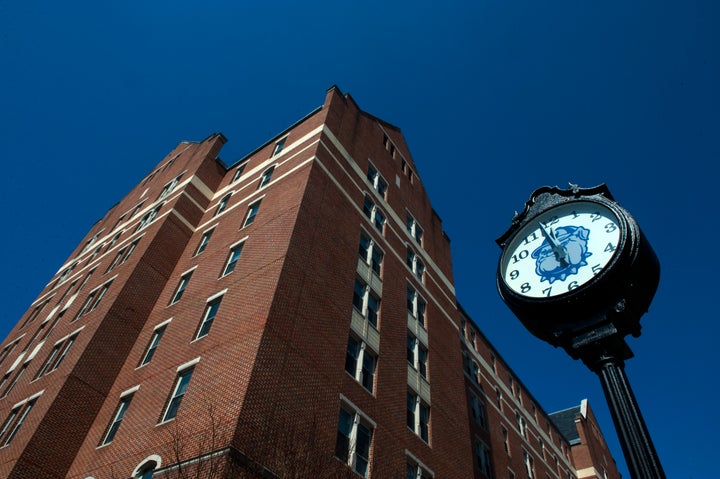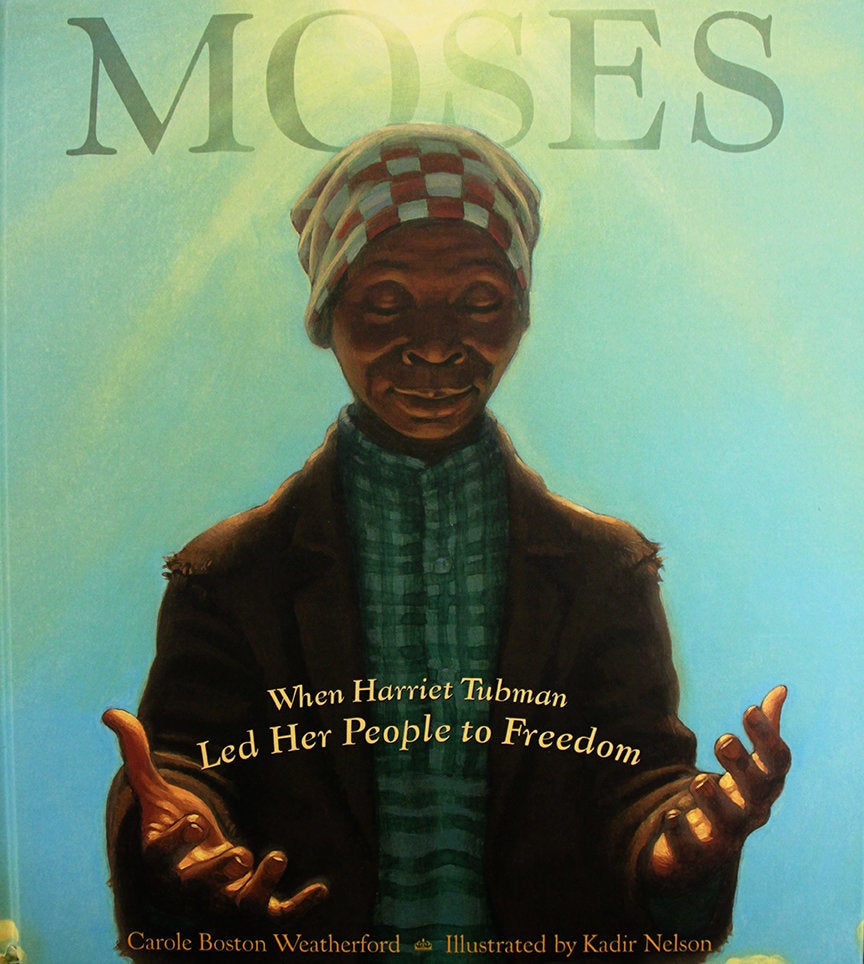
A Georgetown University employee made a haunting discovery while tracing his roots: his great-great-great-grandmother was sold in 1838 to help the college pay off its debts.
Jeremy Alexander, 45, told The New York Times that he learned this information after he and his family had their DNA tested in 2014. Alexander’s results traced back to his great-grandmother Anna Jones, without going into her story.
But Alexander was able to dive deeper into his lineage in fall 2016 when he received an unexpected email from a distant cousin, Melissa Kemp, who helped him connect the dots. The two had a conversation about older relatives they shared, according to the Times.
When Alexander brought up Jones’ name, Kemp went two generations back and informed him of Anna Mahoney Jones, his earliest known ancestor and one of the women sold by two Jesuit priests at Georgetown University to help the school survive.
Mahoney Jones was one of 272 slaves sold. The university made a total of about $115,000, or $3.3 million in today’s dollars, according to the Times. Mahoney Jones was enslaved at a plantation in Ascension Parish, Louisiana, along with her two children, 9-year-old Arnold and 6-year-old Louisa.
Alexander, who’s an executive assistant in Georgetown’s Office of Technology Commercialization, said finding this out has been quite stirring.
“Now I work here — to realize that this is my history, this is my story, blows me away,” he told the Times. “I have been really emotional as I learned about my ties to the university.”
Alexander said he wasn’t angry about the university’s ties because “it was the way the United States operated at the time.” But he said that he was happy to see Georgetown “has worked to right the wrong.”
Georgetown is currently trying to atone for its involvement in slavery. In 2015, alum Richard J. Cellini organized the nonprofit Georgetown Memory Project to trace the 272 enslaved people to their descendants. That same year, the university agreed to remove the names of the college presidents involved in the sale from two campus buildings.
In September, President John J. DeGioia announced that those descendants would be awarded preferential status in the admission process. According to The Washington Post, Georgetown will hold a religious ceremony in April as an apology for its ties to the slave trade.

